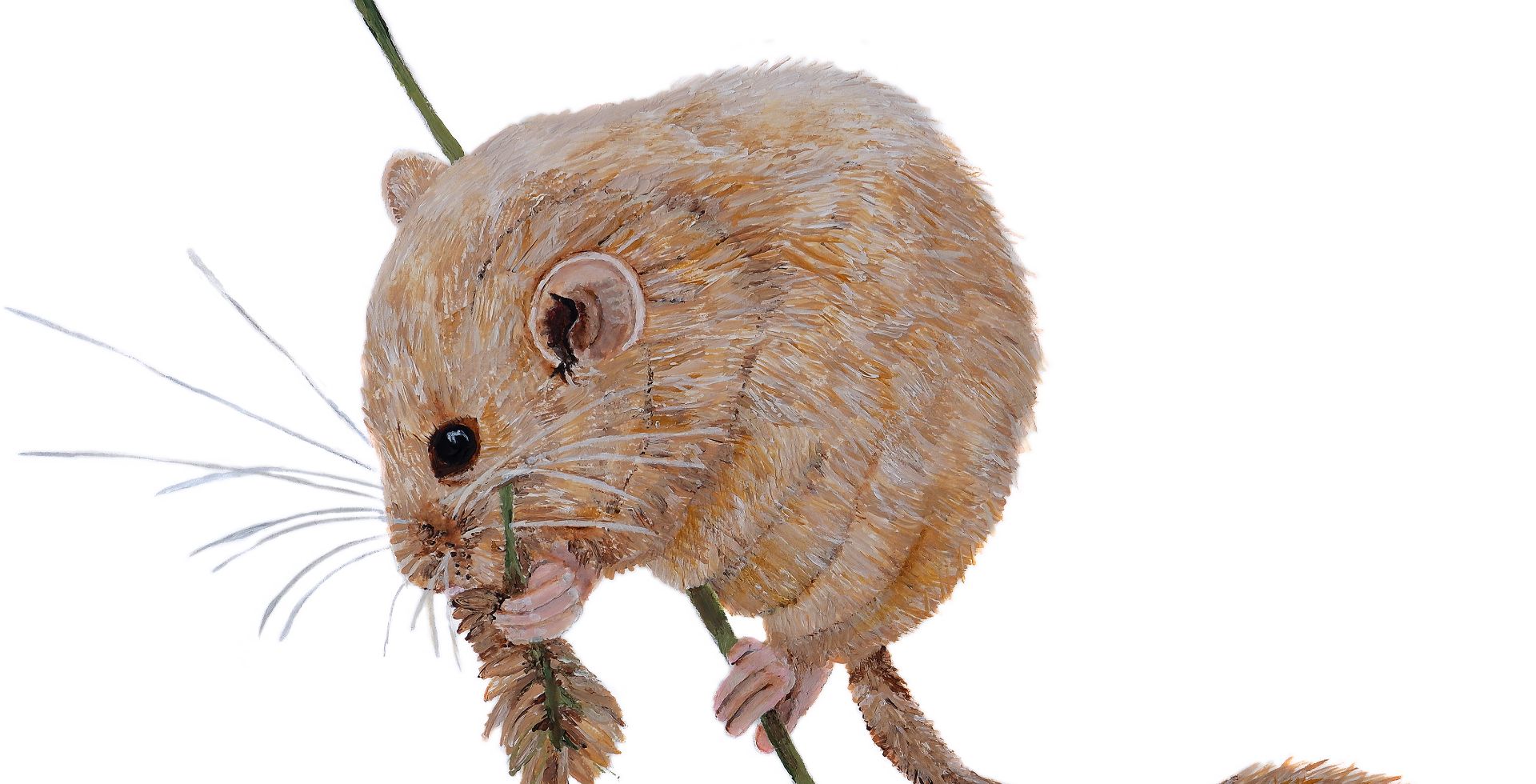Good hedgerow management for this species will create/result in a well-connected network of big and diverse native hedges linking deciduous woodlands across the landscape. There will be hedgerow trees and associated habitats such as field margins, banks and ditches. This will benefit a wide range of other species including birds such as yellowhammer and whitethroat, bats such as the barbastelle, butterflies, moths and many other insects.
Opportunities to create/improve/extend suitable habitat for this species include:
- Restoring overgrown/neglected hedgerows by hedge-laying or coppicing and planting up gaps
- Extending the hedge management cycle to allow hedges to grow taller and wider, and hedgerow fruits and berries to ripen
- Planting new hedgerows especially on sites where creation would extend or link existing lengths of hedgerow or woodland
- Restoring and maintaining hazel coppice rotations in woodland
Creating and managing areas for the Hazel dormouse will help deliver the following benefits to communities:
- Clean water
- Clean air
- Protection from and mitigation of environmental hazards
- Mitigation of and adaptation to climate change
- Thriving plants and wildlife
- Beauty, heritage and engagement



